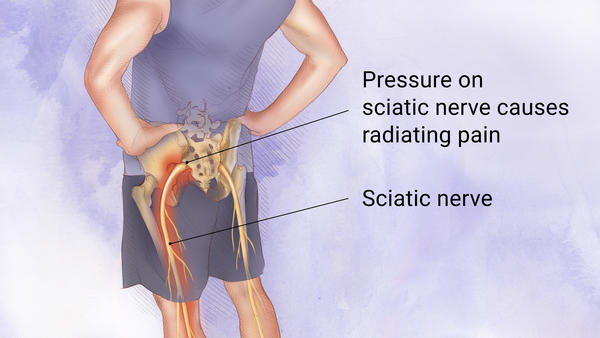Tag: aging

My back is getting younger
I want to shout this from the rooftops. I am writing this while sitting at my desk, something I haven’t been able to do in the past 14 months. My daily life until recently involved an hour-long routine of stretching, lying on my back, hanging upside down on an inversion table, taking a bunch of…

I can’t believe I’m blogging about Sciatica
Ignore this whole thing. Read this March 2017 update instead. For the past four months I’ve had pain pretty much all day, every day. I think I’m finally at the end of it. I saw a lot of doctors, watched a lot of YouTube videos, and read a lot of articles, forums, and books. It’s…


